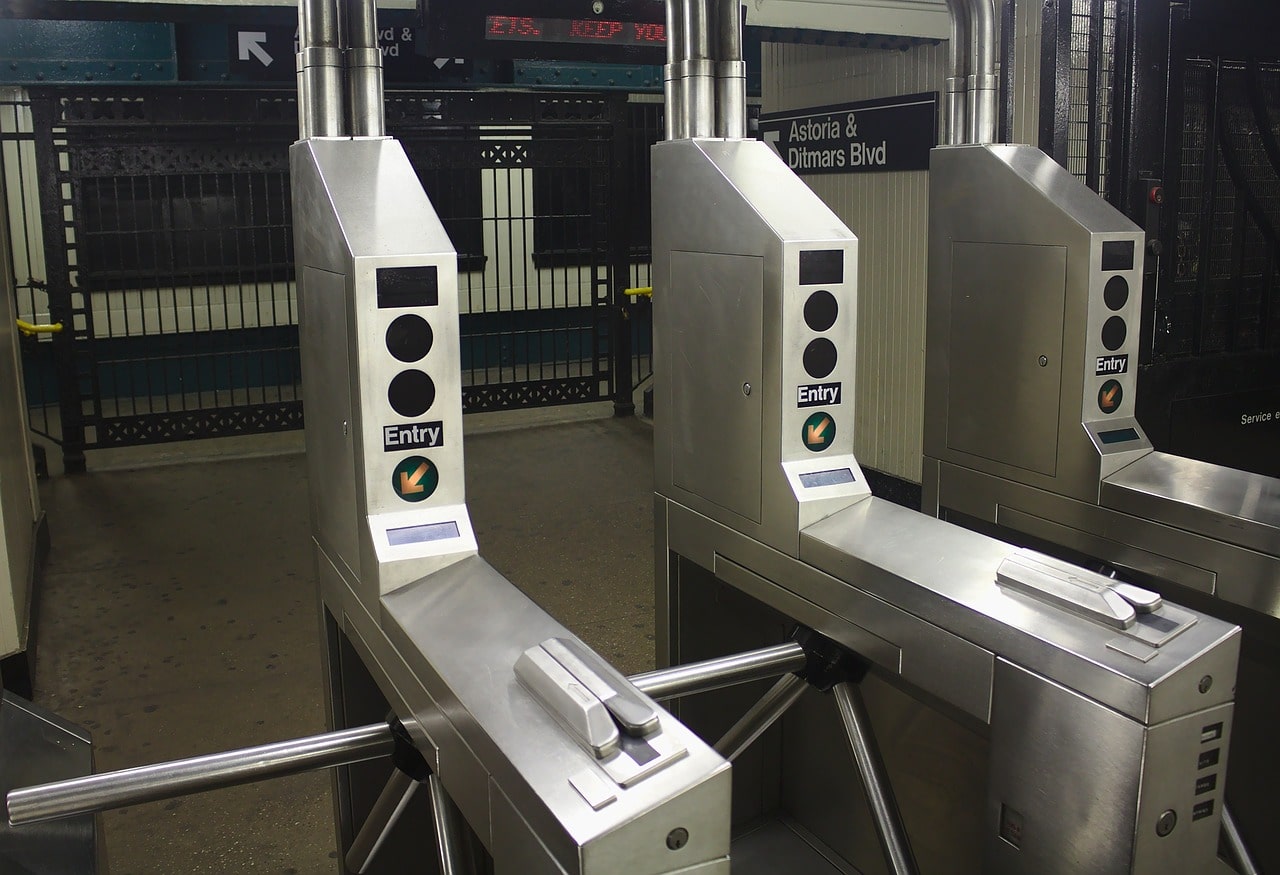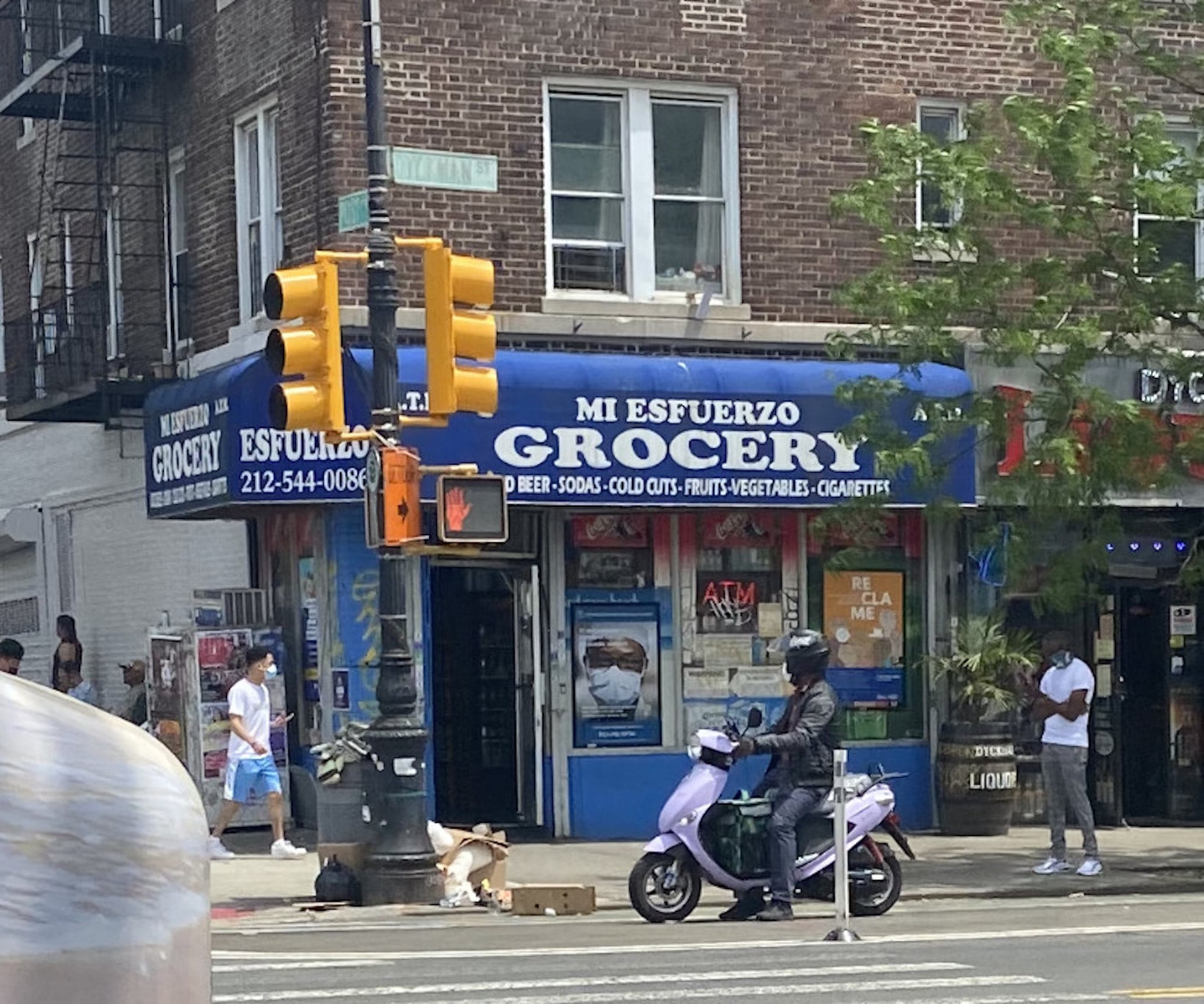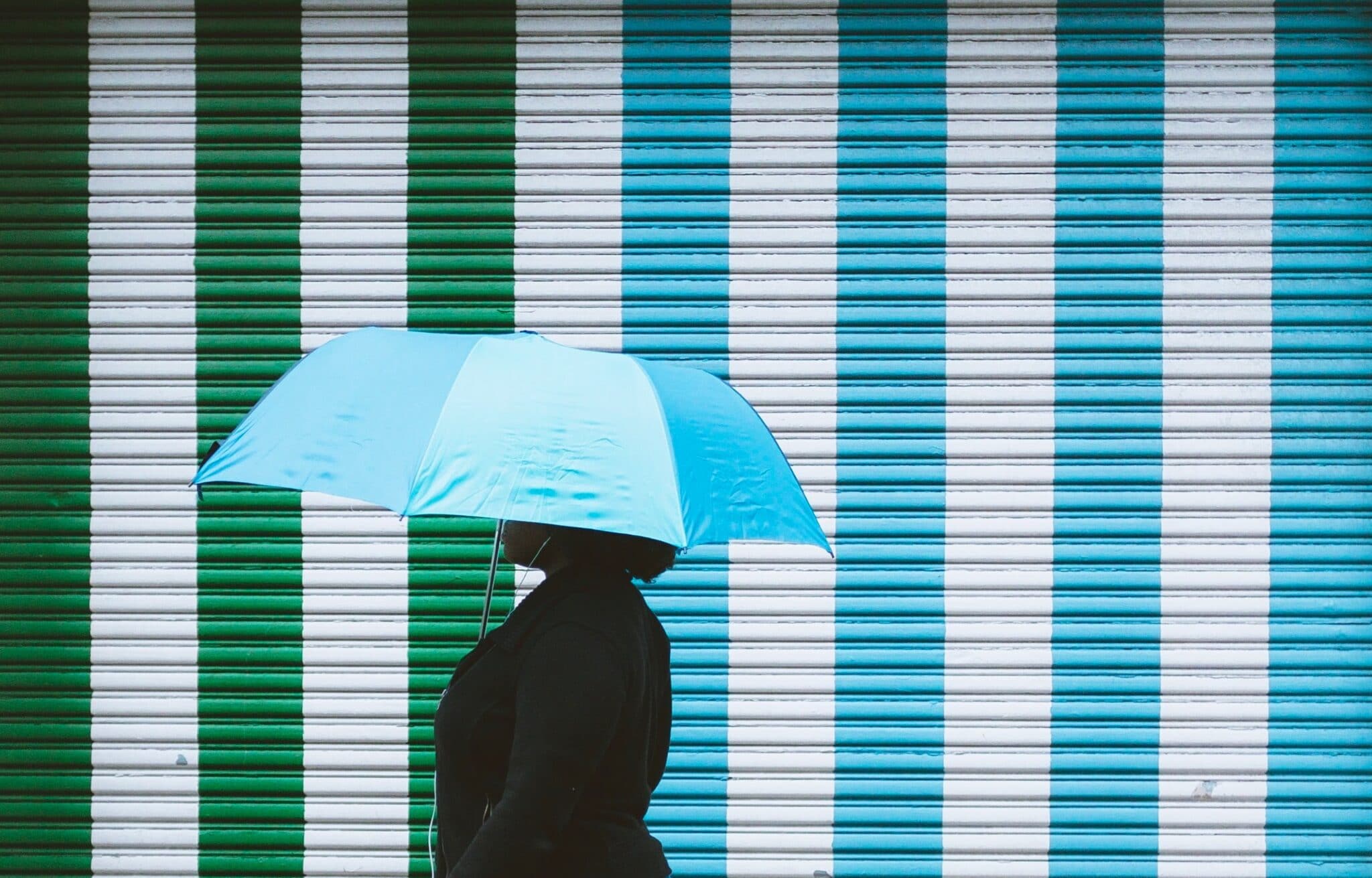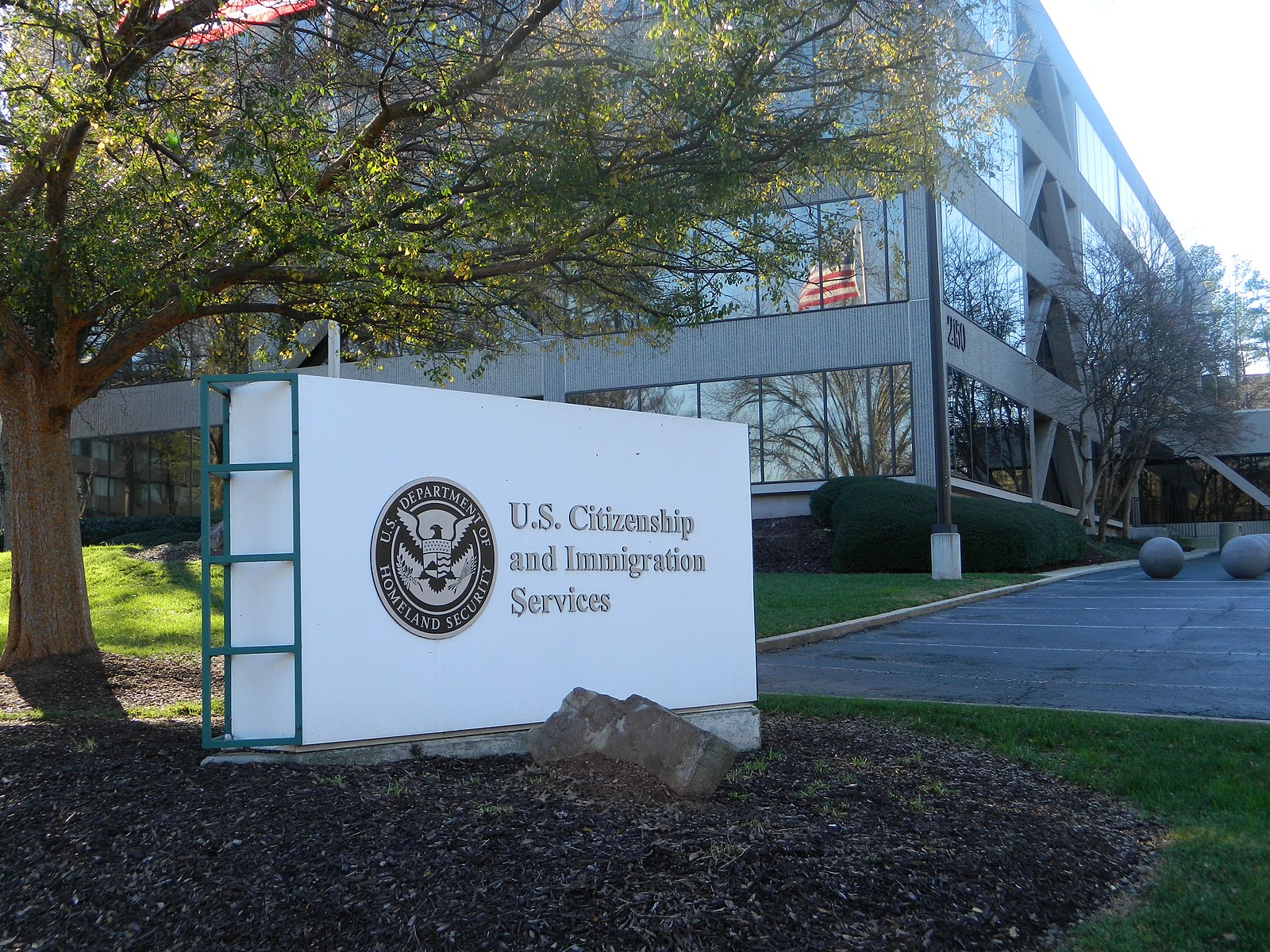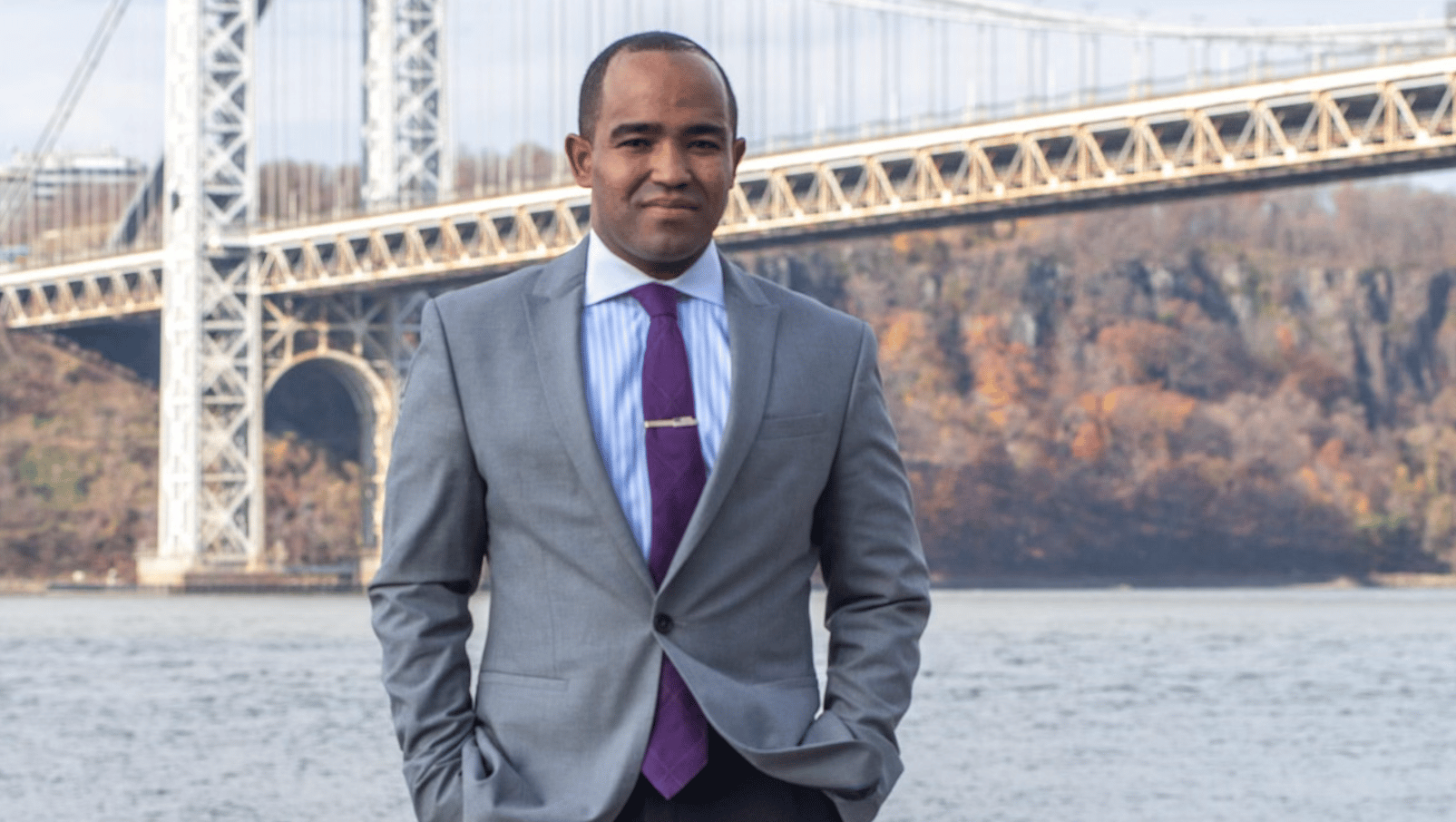New York City Turnstile, Photo by SoFuego, Courtesy Pixabay.
On most days in the Bronx, people wait half an hour for packed buses. When they arrive, people flood on without using their MetroCards. At subway stations in minority neighborhoods, like 125th on the A, B, C, and D lines and 149th street on the 2 and 4 trains, many subway riders either evade the fare or stand begging for a swipe-in. In addition to overcrowding and train and bus delays, commuters complain about dimly lit stations, platforms lined with homeless people, and rats running around the tracks and platforms.
“The MTA steals our money by forcing us to pay for a crappy service,” said Sarah Davis. But she doesn’t bother to pay the fare and sneaks through.
Commuters like Sarah say they are fed up with the Metropolitan Transit Authority’s (MTA) service. More people are reluctant to pay the fare. Some don’t pay it at all either to make a statement or because they say they can’t afford it. Governor Andrew Cuomo’s solution to combat fare evasion is to increase the number of police officers in the subway stations.
Solomon D., a 21-year-old college student, commutes from the Bronx to Brooklyn on the 4 line. He said he used to hop the turnstile in high school when he either forgot his school MetroCard or couldn’t afford to pay. He pays the fare now, but only when he feels like it. He thinks the subway has been “an innovative system” since it was first built in 1904, “but it has a lot of faults, so sometimes it’s fair and sometimes it’s not,” Solomon said.
In response to Gov. Cuomo’s decision, Solomon said, “I feel like they target black people and low socioeconomic status, and kids too. It’s always a teenager skipping. Very rare you see a white person.” It appears that kids and teenagers are the most common fare evaders, and some claim they either left their student MetroCard at home, lost it, or felt like hopping. The fine for fare evasion is $100. In recent cases, police officers have arrested people who hopped a turnstile.
In October, an unarmed African-American male named Adrian Napier, 19, was held at gunpoint, frisked, and arrested by several police officers for hopping a turnstile, according to the Washington Post. The arrest seemed over-the-top to many. There have been multiple protests since Cuomo’s decision. An “Emergency Action Against NYPD and MTA” protest took place on November 1, in McLaughlin Park in Brooklyn. Another occurred on the night of November 22, when fifty-eight people in Harlem were arrested for protesting police in subway stations.
“The NYPD continues to arrest and issue summons to people of color (Blacks and Latinos) at staggeringly high rates: nearly 89 percent of arrests and 81 percent of summonses. The numbers themselves raise the question of biased enforcement. The term we used to describe it is ‘broken windows policing at the turnstile.’ It’s a form of institutional racism,” said Community Service Society (CSS) of New York’s Vice President Jeffrey Maclin. He explained that a more effective plan for decreasing fare evasion would be to fully implement the Fair Fares program and provide reduced fares for low income people. It would he said help “NYC residents with incomes at or below the poverty level” obtain half-priced subway fares.
Atef a 21-year-old commuter said, “I don’t mind the increase of police in stations, because at the end of the day you’re the one doing the crime. They’re just doing their job.” But he said he believes the $100 ticket for fare evasion should be reduced to a little over $20 for teenagers. “They don’t have the money,” he said. “If they can’t afford the fare, then they definitely can’t afford a hundred dollar ticket.”
Series: Subways, Police and The People
